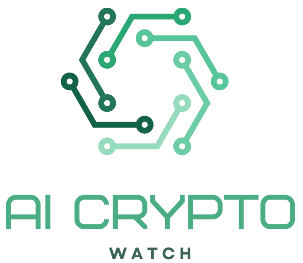Project management involves coordinating resources, managing timelines, and ensuring objectives are met efficiently. When effectively implemented, structured project management can benefit your team and help make the most of your resources.
Below I outline the top advantages of project management and offer tips for choosing the right tools to streamline your work.
Benefits of Project Management
Improved organization and prioritization
Organizing tasks and projects using a strategic approach makes it easier for teams to stay focused and prioritize work.
- Define deliverables: Divide larger projects into smaller, more manageable tasks.
- Prioritize: Teams can accurately assess and focus on the highest priority items.
- Manage schedules: Calendar and timeline tools help teams keep track of deadlines.
- Visualize progress: Tools like Gantt charts and kanban boards clearly depict project stages and resources.
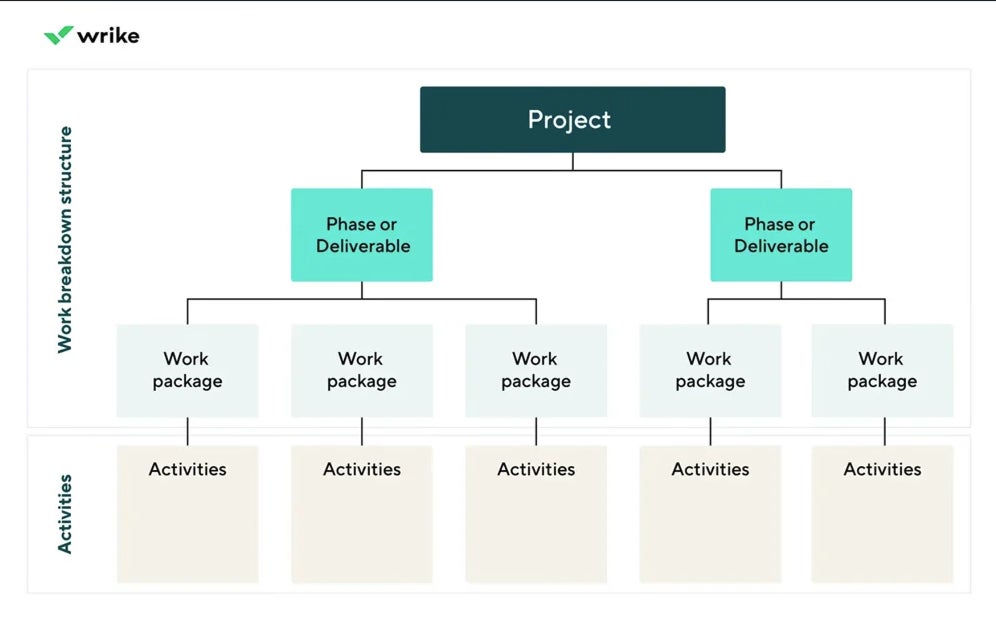
The example above would be particularly advantageous to a software development team using the Critical Path Method (CPM) project management strategy to identify tasks and allocate resources.
SEE: For more on structuring projects effectively, check out our Critical Path Method Guide for Project Management.
Enhanced collaboration and communication
Clear and easy communication between team members fosters better teamwork and produces better project results. Project management software can help streamline this communication and maintain transparency.
- Centralize information: When the team is all communicating in one place, there is no need to worry about who was cc’d on an update or try to remember who attended a meeting.
- Facilitate communication: Use integrated messaging and file-sharing tools to maintain an easily accessible work history.
- Align team efforts: Ensure everyone is working toward common goals.
By providing a centralized platform, team members can easily share information, documents, and updates on their progress. This visibility allows for more effective communication, faster decision-making, and better issue resolution.
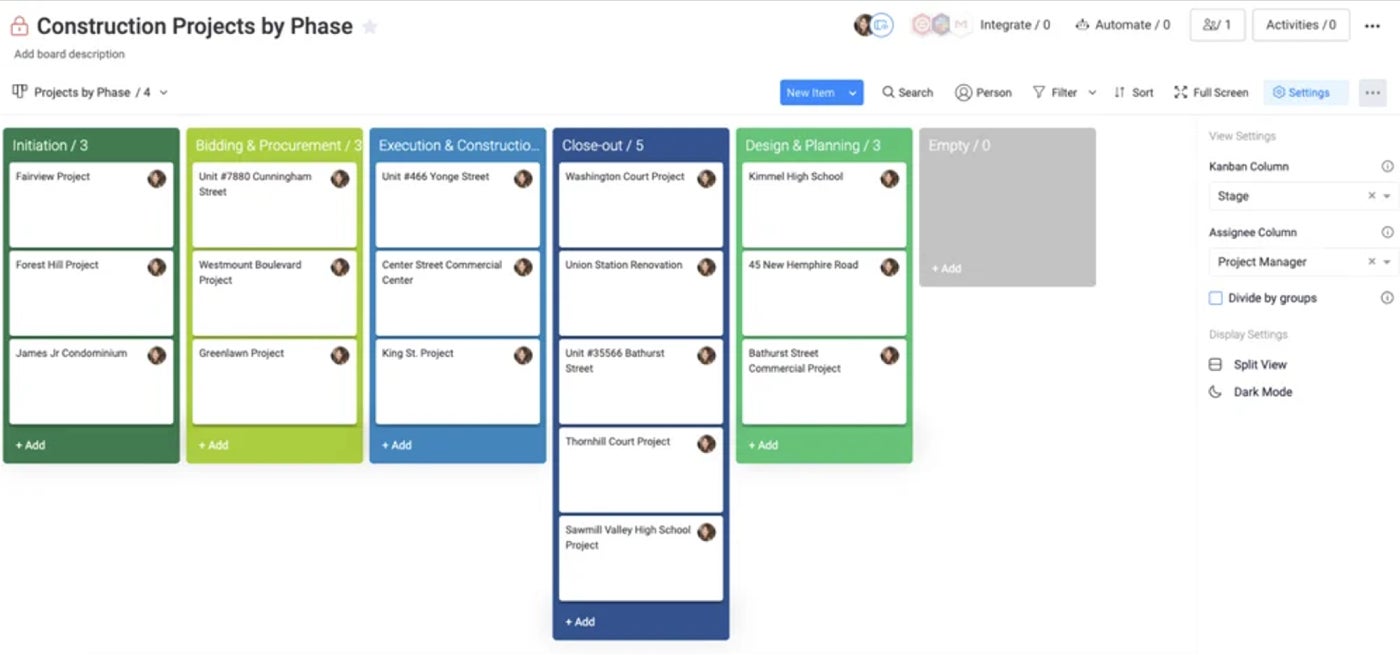
Teams that adopt agile project management benefit from daily standups, collective information and status monitoring, and iterative feedback loops to continuously improve.
SEE: To learn more about agile project management, read our article, What is Agile Project Management? A Comprehensive Guide.
Accurate budget tracking and financial control
Managing budgets is a critical aspect of any project. Utilizing project management tools can help ensure financial control and organize information.
- Cost estimation: Predict costs before the start of the project using AI forecasting features.
- Expense tracking: Monitor costs in real-time against the available budget.
- Financial reporting: Generate reports to keep track of project spending and financial performance.
This level of financial control and visibility helps projects stay within budget and supports better resource planning for future projects. For example, a marketing team can use project management software to track ad spend and ROI to more accurately plan costs for future campaigns.
Increased accountability and transparency
Project management software increases accountability and transparency both within teams and throughout a larger organization.
- Task assignments: Clearly define who is responsible for which aspects of the project. Collective visibility helps team members understand their roles and take ownership of their work.
- Progress tracking: Monitor the ongoing status of tasks or project phases. This allows for real-time progress tracking, making holding individuals accountable for meeting deadlines and completing tasks easier.
- Activity logs: Keep track of all actions within the project. Teams that work with outside clients can utilize these logs to show that project expectations were met.
This improved accountability fosters a sense of ownership and responsibility within the team, leading to better overall project outcomes. For teams that are particularly focused on efficiency, using scrum project management techniques structures works in sprints, improving time management and productivity.
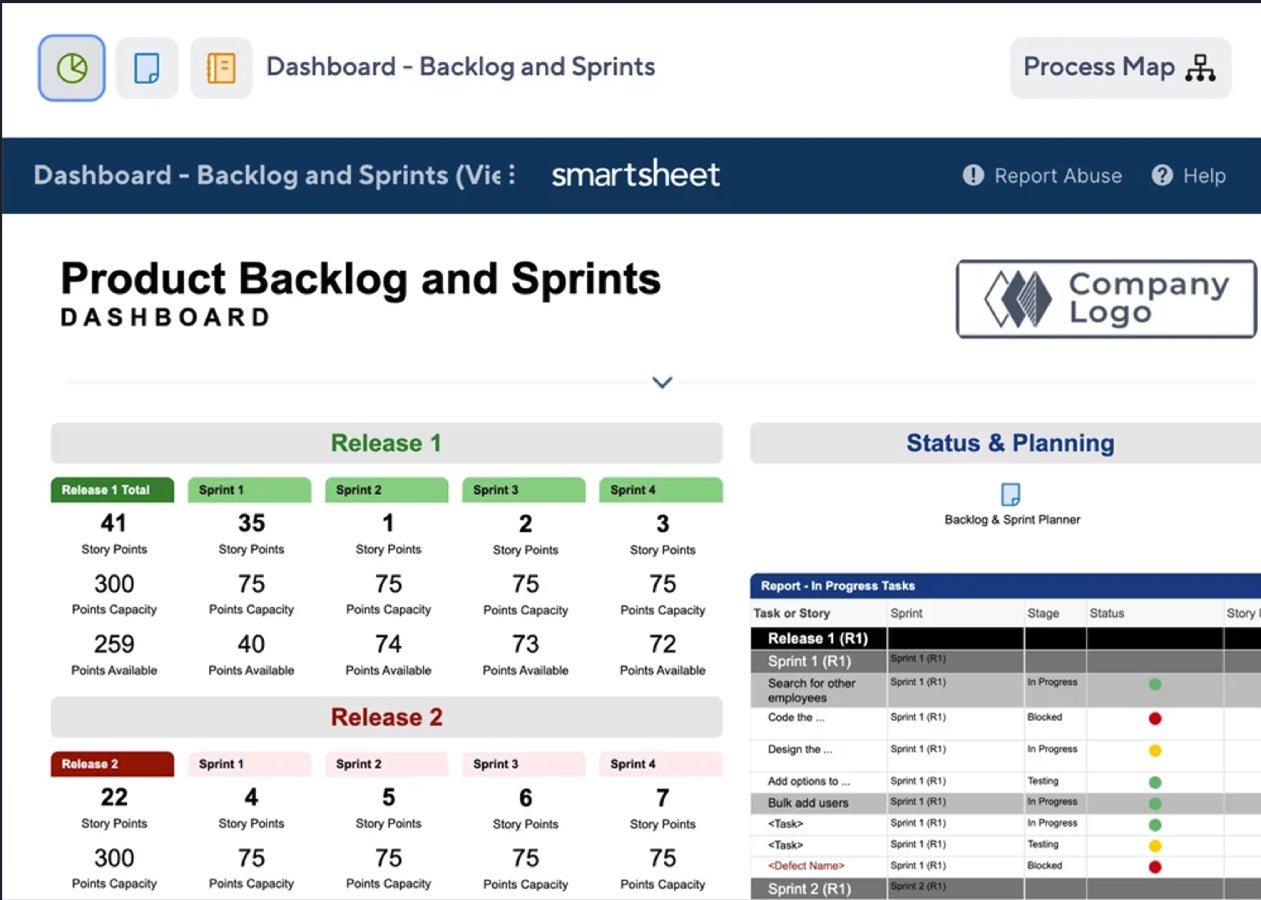
SEE: If you want to know more about how Scrum can improve your productivity, read What is Scrum? Methodology Overview for Project Planning.
Effective risk management and problem-solving
Managing risks and unforeseen circumstances is essential for smooth project execution. Project management software helps your team stay proactive and minimize issues throughout the project lifecycle.
- Risk identification: Spot potential issues early with timeline overviews and bug reports.
- Contingency planning: Adjust project plans according to identified risks, with clear communication and documentation of changes for all participants to see.
- Issue tracking: Use automation features to monitor issues in real-time and assign them to the right people to address.
- Feedback loops: Implement systems for continuous improvement for following iterations.
For example, construction projects often use risk assessments to plan for weather delays or supply shortages. Working in event or emergency response project management requires creating branching contingency plans for potential problem scenarios. Project management tools help centralize and organize this planning process.
Efficient time and resource management
Project management helps teams plan, view, manage, and adjust their resources, including time, money, personnel, and supplies.
- Time tracking: Monitor how much time is spent on each task and adjust processes as needed for efficiency.
- Workload balancing: Track which tasks are assigned to each team member or department and shift the workload so that no one is over or under-utilized.
- Resource allocation: Use project overview features to assign resources where they’re most needed.
By monitoring progress and identifying bottlenecks through project management tools, managers can make informed decisions and reallocate resources as needed to keep projects on track.
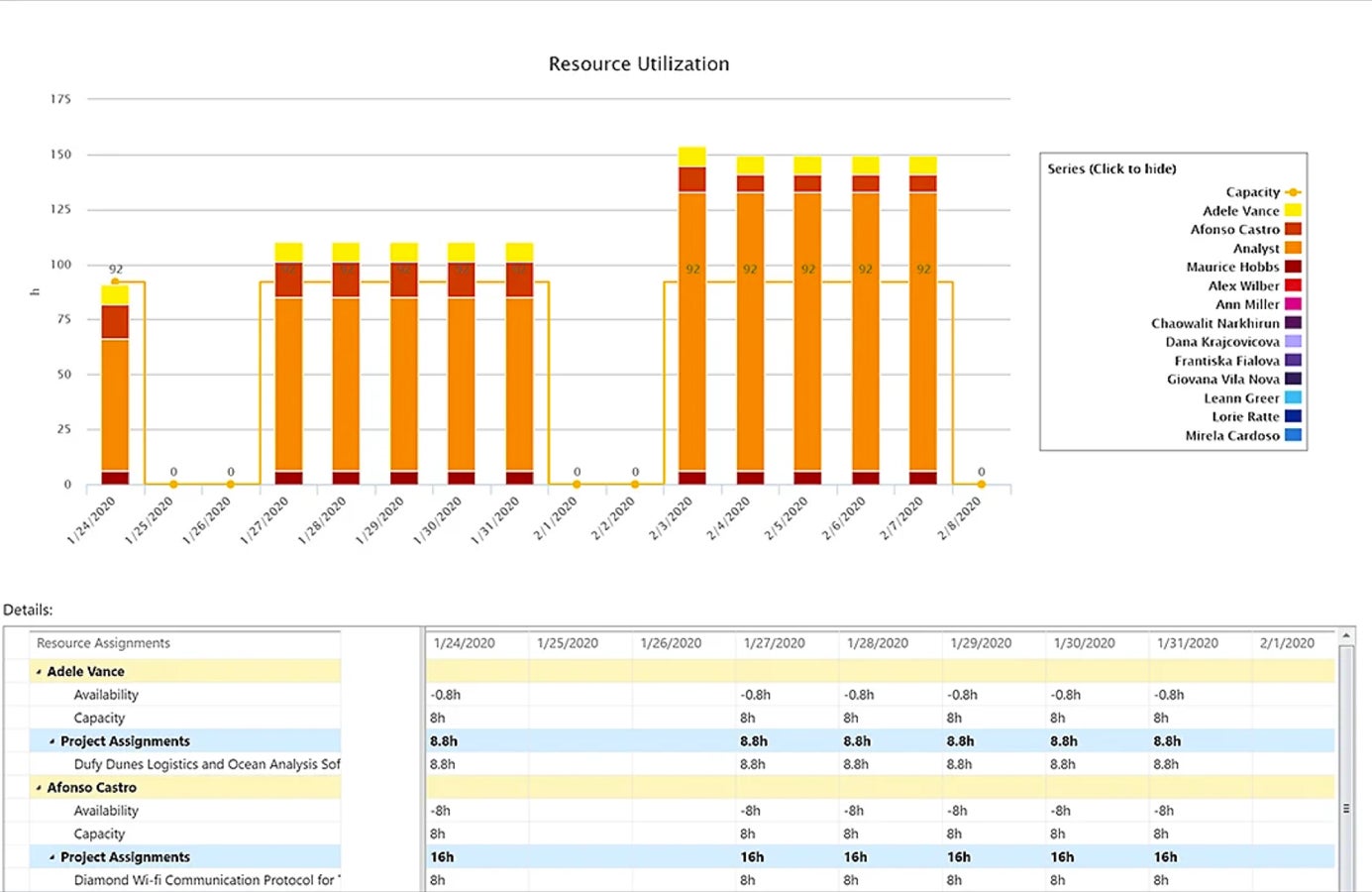
Streamlined reporting and analysis
Project management tools assist teams in making data-driven decisions based on a combination of past performance, current resources, and risk forecasting.
- Customized reports: Generate insights on demand that include the specific data relevant to your current project or issue.
- Data visualization: Use dashboards to interpret data quickly and streamline status updates.
- Trend analysis: Utilize AI tools to identify patterns to improve future projects.
By providing insights into project performance, teams can identify areas for improvement and implement changes, ensuring projects stay on track and meet objectives.
How to choose the right project management software
If you first identify what type of project management style your team will use, the right software choice will follow.
- Assess your team’s needs: Determine which features matter most for your team and workflow.
- Consider scalability: Choose a software that can grow with your team and company over time.
- Evaluate user experience: Choose an intuitive interface to make adoption easy for your team.
- Check integrations: Pick software that can integrate with your existing tools.
To make the most informed decision, choose a few platforms that suit your project management needs and sign up for a free trial of each to compare.
FAQs
Why is project management important?
Implementing project management into your workflow brings numerous benefits that can transform your team’s productivity and project outcomes. By enhancing organization, improving communication, optimizing resource management, and more, your team is better equipped to meet its objectives and succeed with each project.
What are the pros and cons of project management?
I reviewed the benefits above, but here is a quick overview of the pros and cons:
| Pros | Cons |
|---|---|
| Improved efficiency | Resource intensive |
| Enhanced communication and risk mitigation | Complexity |
| Better quality control | Resistance to change |
Why do we need project management software?
Project management software centralizes all aspects of project planning and execution. It enhances collaboration, improves transparency, and provides invaluable insights and reporting throughout the project’s lifetime.
